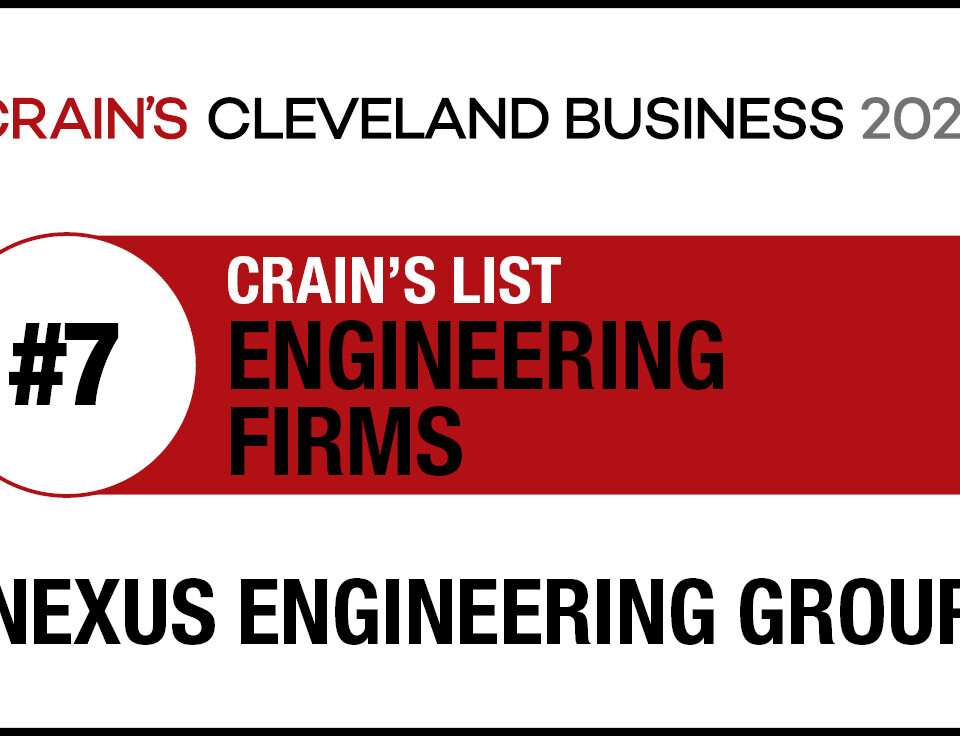By Brendan Shanley, Nexus Project Services Director
 For many of our clients, generating new project ideas for improving the business is easy. The bigger challenge is assessing those ideas through the lens of your business and asset strategy, then choosing which projects to prioritize.
For many of our clients, generating new project ideas for improving the business is easy. The bigger challenge is assessing those ideas through the lens of your business and asset strategy, then choosing which projects to prioritize.
Effectiveness in Project Portfolio Management starts with systematically evaluating each idea to determine the investment needed, risks, and projected return. Only then can stakeholders make well-informed decisions on which to prioritize as projects, assets allocation, and how to sustainably manage the project portfolio.
Here are a few basics to help your organization better understand the importance of project portfolio management, as well as a few watch-outs and best practices to consider when portfolio planning.
.
What is project portfolio management?
Project portfolio management (PPM) is a resource management methodology through which an organization centrally manages project assessment, prioritization, resource allocation and execution. When done effectively, PPM:
- Aligns closely with the Asset Strategy for a facility
- Captures ideas from across the business into a central hopper
- Screens ideas against the Asset Strategy and categorizes them accordingly
- Evaluates the ideas in the project pipelines with a portfolio management team consisting of diverse stakeholders from across business functions to determine which ideas to advance into projects
- Assesses the resource investment needed and projected return
- Determines project priority based on agreed upon factors including risk, capital and revenue expense
- Identifies the right resources to develop and execute each project
- Regularly reports project portfolio status for effective hopper management
- Informs future investment planning
Why is project portfolio management important to my organization?
The key benefit of PPM is that it helps an organization execute profitable projects aligned with strategic goals while using resources efficiently. However, PPM offers a full slate of additional advantages, including:
- Improved communication between and buy-in from project managers, team members, company leadership, and other stakeholders by providing a broad and objective overview of the projects in a portfolio, including their potential benefits and risks
- Greater transparency in project governance and accountability across the project portfolio
- Effective asset management to ensure sustainability, eliminate waste and run leaner
Big picture visibility and understanding of where a project fits within a broader strategic framework encourages the early involvement of key people across the organization, up to and including senior leadership.
Having the right people involved at the right times promotes project success. As does strategically combining projects within a portfolio, where they can share resources. The organization also has a better understanding of its ability to take on more work while ensuring current projects will be successful.
Best practices for effective project portfolio management
Effective PPM begins with the organization’s project portfolio manager. This individual is given oversight of the portfolio and is critical to the successful execution of the organization’s strategy.
The manager oversees multiple portfolios and uses financial tools and models to evaluate the strategic value of the projects within those portfolios. The manager often works out of a project management office, creating standards and processes for that office to follow. With a strong project portfolio manager in place, an organization’s PPM strategy should include some best practices to help it maximize the benefits of this methodology:
- Clearly defined business objectives — PPM ensures projects are aligned with an organization’s strategic goals. Having these goals and objectives clearly articulated and socialized is critical for PPM to drive that strategy through project selection and prioritization.
- A system to evaluate and approve potential projects — PPM must include a system that allows managers to identify, inventory, and evaluate potential projects. This system should include PPM tools to help managers collect data on these potential projects, along with key criteria such as costs, resource needs, timeframes, and projected ROI. The data collected should be consistent across potential projects to help managers and company leaders evaluate and determine which ones to approve.
- Active management and prioritization of projects — Once projects are approved, project managers have been assigned, and work has begun, projects need to be monitored in real-time and in light of all that’s happening in the portfolio. If the organization changes its strategy or other issues arise, there may be a need to reprioritize projects (higher or lower) or alter their assignment of resources. The bottom line is that the portfolio must remain aligned with strategy. This requires continuous management and monitoring.
- A process to integrate new projects into existing project portfolios – PPM must also include a system that promotes the smooth integration of new projects into existing portfolios. This system must ensure a new project is matched with the appropriate portfolio, is prioritized appropriately within the portfolio, and receives the resources needed to ensure success, all while minimizing any negative impact on existing projects.
Three potential threats to effective project portfolio management
No management system is perfect, nor is every system right for every organization. While PPM can be a powerful approach to improving productivity, increasing investment return, and ensuring projects align with strategy, the methodology works best when the right foundational pieces are in place.
- A clear business strategy — A primary goal of PPM is to align projects and portfolios with the company’s strategic goals, and to help quickly adjust project priorities to reflect any changes in this strategy. However, if an organization’s strategy is regularly shifting, it may be difficult for PPM leadership to stay in the loop and continuously reevaluate the portfolio and its resource allocation. As a general rule, the less defined the busines strategy or the more regularly it changes, the less effective PPM will be.
- Project management expertise — Even with a clear strategy and solid alignment of projects, PPM needs effective project managers and skilled individual contributors to be successful. In other words, PPM cannot make up for a lack of talent in project leadership or management. Nexus can help assess gaps, supplement and train teams to develop missing capabilities, or offer counsel on where additional investment may be needed.
- Size and complexity — Some organizations are too small for PPM to be an effective management system. Companies without the resources and personnel needed to manage multiple, aligned projects may simply not see enough benefit from a PPM system to warrant the additional investment of time and capital.
How do I know if project portfolio management is right for my organization?
That’s where Nexus can help. In addition to offering project services and controls, we offer full portfolio management services that can support your team in achieving your business strategy. We understand the importance of this process and how integral it is to the success of your organization.
Our experts combine their experience with proven portfolio management methodologies, and a deep understanding of your business, to determine if your business can benefit from developing portfolio management capabilities in-house. We will work with your team to find the right solution to meet your needs.
We also offer complementary services for leaner project management organizations, offering full portfolio management as well as additional support around planning, periodic health checks, and gap assessments to guide future investment.
Conclusion
When done effectively, PPM can maximize the return on investment a company can realize through the projects it undertakes by ensuring greater alignment with an organization’s business and asset strategy. But the methodology works best when there are clearly defined business objectives, skilled project management teams, and sufficient complexity to warrant a higher level of portfolio management investment.




